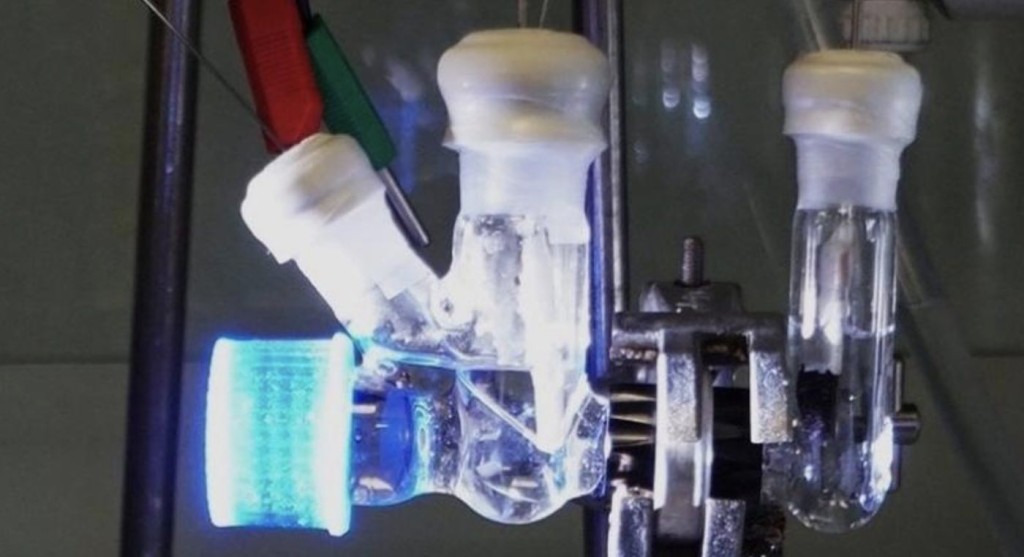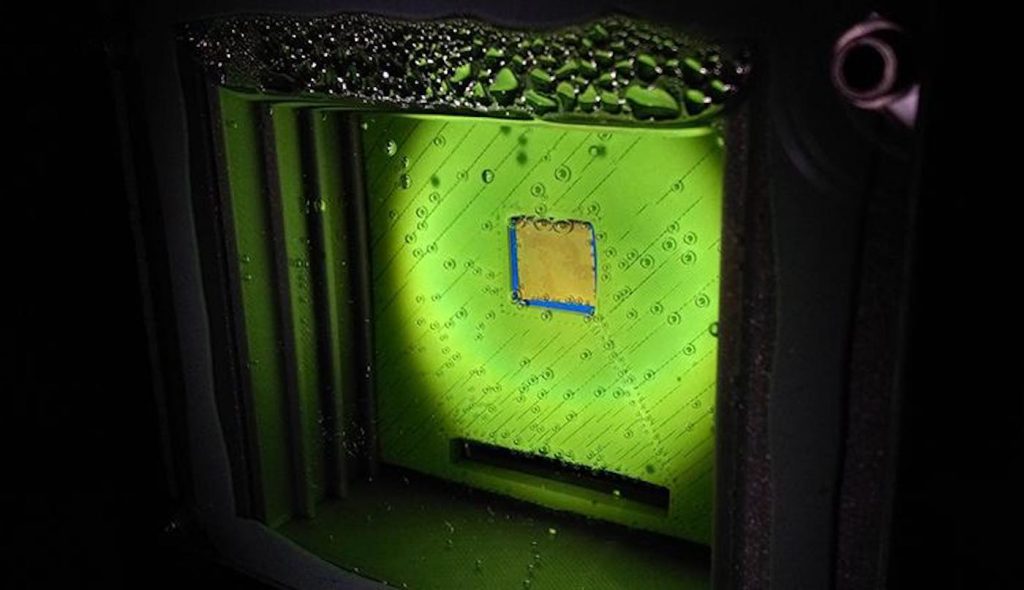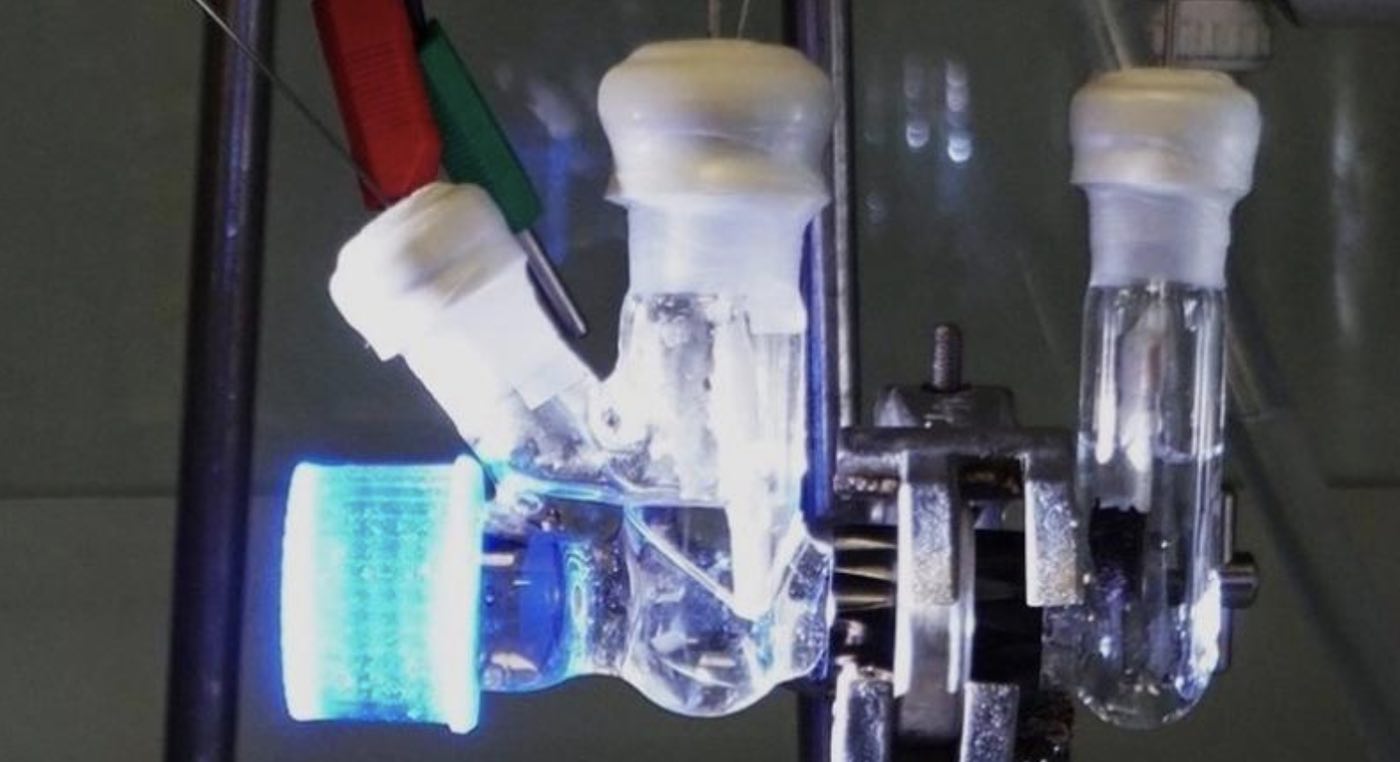
Cambridge University researchers have demonstrated how carbon dioxide can be captured from industrial processes – or even directly from the air – and transformed into clean, sustainable fuels using just the energy from the sun.
They developed a solar-powered reactor that uses captured CO2 and plastic waste (which acts as a catalyst) and converts it into sustainable fuels and other valuable chemical products.
Over several years of testing, CO2 was converted into syngas, a key building block for sustainable liquid fuels, and plastic bottles were converted into glycolic acid, which is widely used in the cosmetics industry.
Unlike earlier tests of their solar fuels technology, however, the team took CO2 from real-world sources—such as industrial exhaust or the air itself. They were able to capture and concentrate the CO2 and convert it into sustainable fuel.
The researchers appreciate the advances in carbon capture and storage, where CO2 is captured and then pumped and stored underground. But instead, they believe the smart move is ‘carbon capture and utilization’—making something useful from CO2 instead of burying it underground.
Something like photosynthesis—the inspiration behind the work done by Professor Erwin Reisner and his team in the Department of Chemistry and at the Cambridge Circular Plastics Centre where they develop net-zero carbon fuels.
To date, their solar-driven experiments used pure, concentrated CO2 in cylinders, but for the technology to be of practical use, it needs to actively capture CO2 from the air, which is a huge technical challenge because the air contains many types of molecules besides CO2. That’s where the plastic came in handy.
CHECK OUT: When Life Gives You Carbon… Make a Factory for Producing Carbon-Negative Concrete
By bubbling air through the system containing an alkaline solution, the CO2 selectively gets trapped, and the other gases in the air, such as nitrogen and oxygen, harmlessly bubble out. This bubbling process allows the researchers to concentrate the CO2 from air in a solution, making it easier to work with.
“The plastic component is an important trick to this system,” said co-first author Dr. Motiar Rahaman. “Capturing and using CO2 from the air makes the chemistry more difficult. But, if we add plastic waste to the system, the plastic donates electrons to the CO2. The plastic breaks down to glycolic acid, which is widely used in the cosmetics industry, and the CO2 is converted into syngas, which is a simple fuel.”
The integrated system contains a photocathode and an anode and has two compartments: on one side is captured CO2 solution that gets converted into syngas. On the other side plastics are converted into useful chemicals using only sunlight.
“This solar-powered system takes two harmful waste products—plastic and carbon emissions—and converts them into something truly useful,” said co-first author Dr. Sayan Kar.
U.S. ADVANCES: New Wyoming Carbon Capture Project Will Eliminate 5 Million Tons of CO2 Per Year
“Instead of storing CO2 underground, we can capture it from the air and make clean fuel from it,” said Rahaman. “This way, we can cut out the fossil fuel industry from the process of fuel production, which can hopefully help us avoid climate destruction.”
“The fact that we can effectively take CO2 from air and make something useful from it is special,” said Kar. “It’s satisfying to see that we can actually do it using only sunlight.”
For years, Reisner and his team have been developing net-zero carbon fuels inspired by photosynthesis—the process by which plants convert sunlight into food—by using artificial leaves. These artificial leaves convert CO2 and water into fuels using just the power of the sun.

The scientists are currently working on improving the efficiency of their bench-top demonstrator device. Although improvements are needed before this technology can be used at an industrial scale, the results, reported in the journal Joule, represent another important step toward the production of clean fuels to power the economy—without the need for environmentally destructive oil and gas extraction.
CONVERT The Hopeless By Sharing Real Progress on Social Media…




















